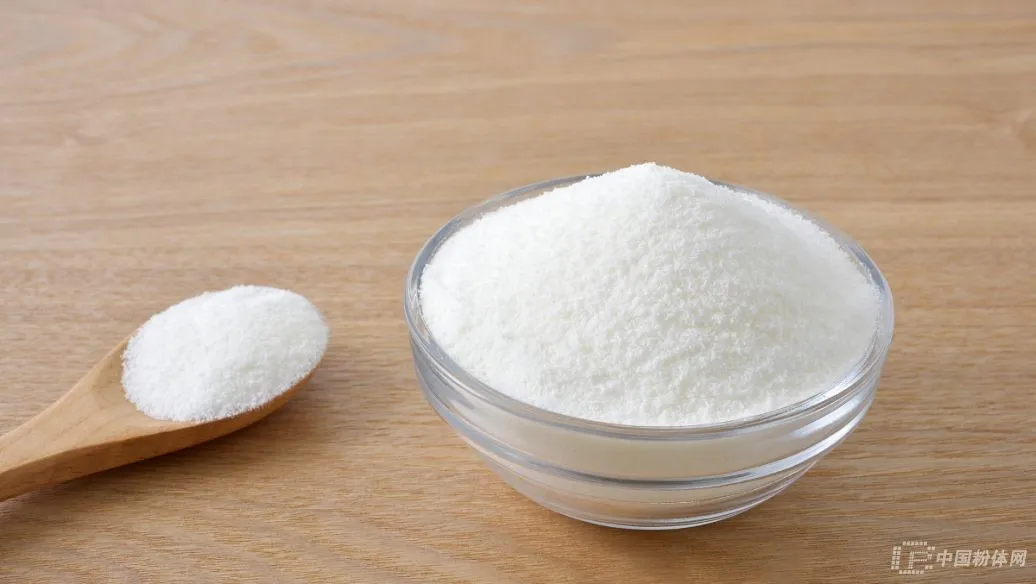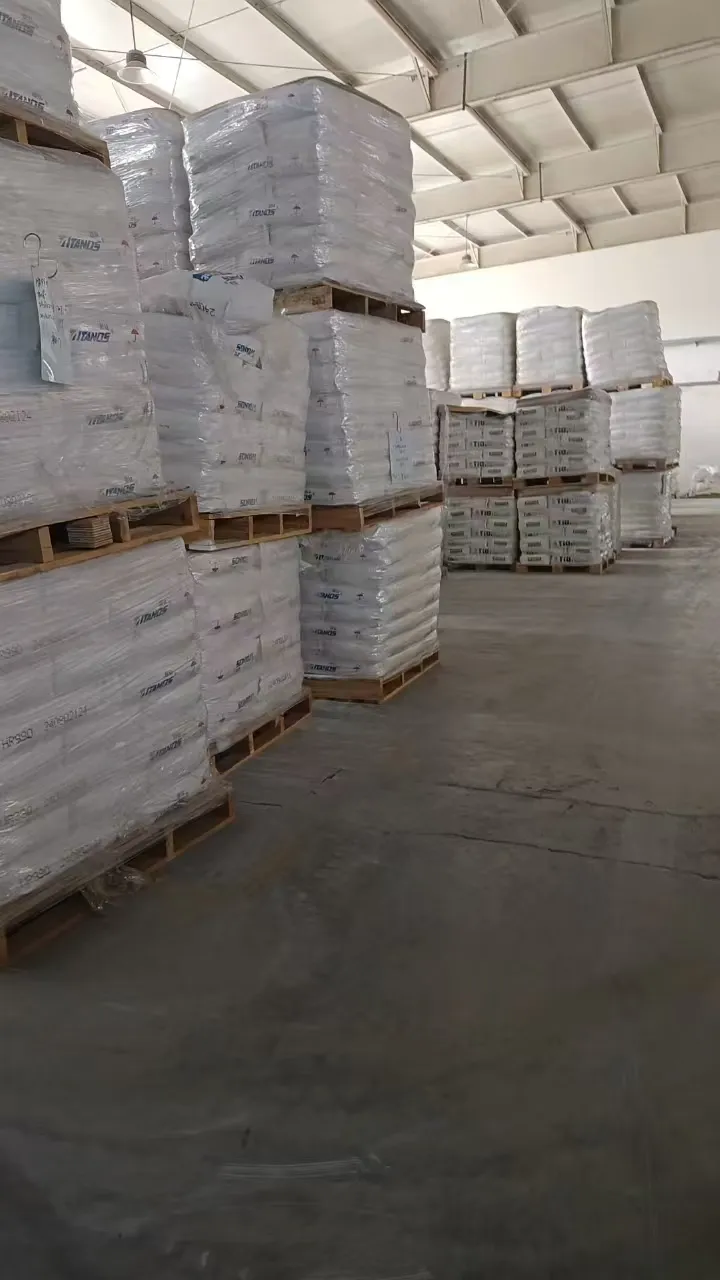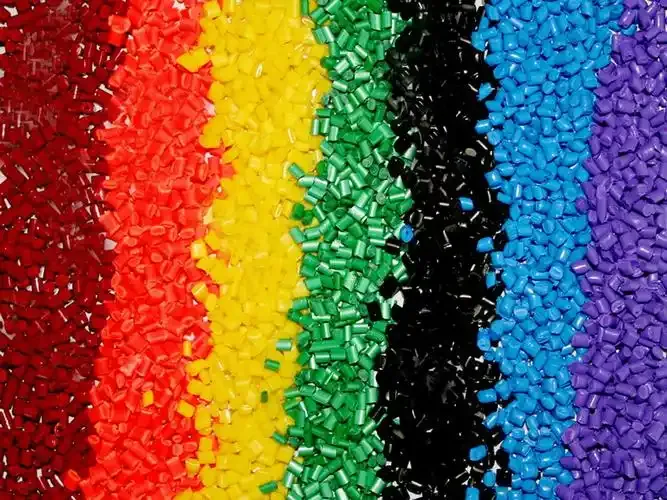
Août . 08, 2025 00:40 Back to list
Premium Titania TiO2 Manufacturer & Supplier
In the vast landscape of industrial raw materials, few substances command as much attention and versatility as titanium dioxide, commonly known as **titania TiO2**. This remarkable white pigment, with its exceptional brightness, opacity, and UV resistance, is the cornerstone of countless products we interact with daily. From the vibrant hues of paints and coatings to the protective layers in sunscreens, and critically, its transformative role in plastics, **titania TiO2** is indispensable. This comprehensive guide delves into the world of **titania TiO2**, exploring its market dynamics, technical prowess, manufacturing intricacies, and its specific application as Titanium dioxide for plastic masterbatch.
Navigating the Global **Titania TiO2** Market: Trends and Insights
The global **titania TiO2** market is a dynamic arena, shaped by evolving industrial demands, environmental regulations, and technological advancements. As of 2023, the market size was valued at approximately USD 18 billion, projected to grow at a Compound Annual Growth Rate (CAGR) of around 6-7% from 2024 to 2032, reaching an estimated USD 30 billion by 2032. This growth is primarily fueled by increasing demand from the paints and coatings, plastics, and paper industries, particularly in emerging economies. The rise of sustainable practices also influences demand for high-performance, eco-friendly grades of **titania TiO2**.
China titania TiO2 manufacturers play a pivotal role in this global supply chain, often leading in production capacity and innovation. The landscape is competitive, with numerous **titania TiO2 factory** and **titania TiO2 supplier** entities vying for market share. Factors such as energy costs, raw material availability (ilmenite and rutile sands), and environmental compliance continue to shape the strategies of leading **titania TiO2 factories** and **titania tio2 manufacturers** worldwide.

Key Technical Parameters of **Titania TiO2**
The performance of **titania TiO2** is defined by a range of critical technical parameters that dictate its suitability for specific applications. Understanding these parameters is crucial for any wholesale titania TiO2 buyer or end-user. The two primary crystalline forms are Rutile and Anatase, with Rutile being more widely used due to its superior opacity, durability, and weather resistance.
| Parameter | Description | Typical Values (Rutile Grade) | Relevance to Plastics |
|---|---|---|---|
| TiO2 Content | Percentage of titanium dioxide in the product. Higher content indicates higher purity and effectiveness. | ≥ 93% | Directly impacts opacifying power and tinting strength. Essential for achieving desired color and coverage in plastic masterbatch. |
| Whiteness (L*) | Reflectance value on the CIE L*a*b* color space, indicating how white the pigment is. | ≥ 98 (Hunter Lab scale) | Crucial for bright white plastics and for providing a clean base for vibrant colors. |
| Oil Absorption | Amount of linseed oil (or equivalent) required to wet a given weight of pigment to form a cohesive paste. Lower values are generally preferred. | 16-22 g/100g | Influences dispersibility in plastic resins, processing viscosity, and mechanical properties of the final product. Lower oil absorption means less resin is needed to disperse the pigment. |
| Tinting Strength | Measure of the pigment's ability to impart color when mixed with a standard black or colored pigment. | ≥ 1900 (Rutile) | Determines how much **titania TiO2** is needed to achieve a specific level of whiteness or opacity in the plastic. High tinting strength leads to cost efficiency. |
| Particle Size Distribution | The range and average size of the pigment particles. Optimized for maximum light scattering. | 0.2-0.3 µm (average) | Critical for achieving optimal opacity and gloss. Finer particles often lead to better UV protection and smoother surfaces. |
| Volatile Matter at 105°C | Moisture and other volatile substances that evaporate at 105°C. | ≤ 0.5% | Low volatile content prevents processing issues like bubbling or degradation during high-temperature plastic extrusion. |
| Residue on Sieve (45 µm) | Amount of material retained on a 45-micrometer sieve, indicating coarse particles. | ≤ 0.05% | Low residue ensures smooth processing and prevents defects (e.g., streaks, specks) in the final plastic product. |
| pH Value | Acidity or alkalinity of the pigment slurry. | 6.5-8.0 | Influences compatibility with various polymer systems and helps prevent degradation or unwanted reactions during compounding. |
| Dispersibility | Ease with which the pigment can be uniformly distributed within a medium. | Excellent (surface treated) | Crucial for plastic masterbatch production to ensure homogenous distribution and optimal performance without agglomeration. |
| Weather Resistance | Ability to retain properties when exposed to environmental elements like UV light, moisture, and temperature fluctuations. | Excellent (Rutile, specially treated) | Essential for outdoor plastic applications, preventing chalking, yellowing, and degradation over time. |
Applications of **Titania TiO2**, with Focus on Plastic Masterbatch
The versatility of **titania TiO2** is evident across numerous industries. Beyond paints and coatings, where it's valued for its opacity and brightness, it is a key ingredient in paper, ceramics, rubber, and food products (E171). However, its role in the plastics industry, particularly for Titanium dioxide for plastic masterbatch, is profoundly significant.
Plastic Masterbatch Application:
In plastic masterbatch, **titania TiO2** serves multiple crucial functions:
- Opacifying Agent: Provides excellent hiding power, making plastics opaque and covering underlying colors or imperfections. This is vital for packaging, pipes, and films.
- Whitening Agent: Imparts a brilliant white color to plastics, essential for consumer goods, construction materials, and appliances.
- UV Stabilizer: Rutile **titania TiO2** effectively absorbs and scatters harmful UV radiation, protecting the polymer from degradation, embrittlement, and discoloration. This extends the service life of outdoor plastic products like window profiles, garden furniture, and automotive parts.
- Color Base: Acts as a pristine white base, allowing for the creation of vivid and consistent colored plastics when combined with other pigments.
- Surface Smoothness and Gloss: Contributes to a smoother surface finish and enhanced gloss in many plastic applications.
The demand for high-quality Titanium dioxide for plastic masterbatch is consistently high, driven by the expanding plastic manufacturing sector globally. Whether you are looking for a **titania tio2 supplier** for large-scale operations or for niche applications, ensuring the product's suitability for plastic processing is paramount.

Technical Advantages of Superior **Titania TiO2**
A high-grade **titania TiO2** offers distinct technical advantages that translate directly into enhanced product quality and production efficiency for manufacturers, particularly those involved in plastic compounding. As a leading **titania tio2 manufacturer**, understanding these advantages is key to delivering value.
- Exceptional Dispersibility: Modern **titania TiO2** grades designed for plastics often feature advanced surface treatments. These treatments prevent agglomeration, ensuring that the pigment disperses uniformly and rapidly within the polymer matrix. This leads to fewer defects, better color consistency, and reduced processing time.
- Optimized Opacity and Tinting Strength: Through precise particle size control and crystal morphology, top **titania TiO2** producers achieve maximum light scattering efficiency. This means less pigment is needed to achieve desired opacity and whiteness, leading to material cost savings without compromising performance.
- Superior Weatherability and Durability: For outdoor plastic applications, resistance to UV degradation, chalking, and color fading is critical. High-quality rutile **titania TiO2** grades provide excellent long-term weatherability, extending the lifespan and aesthetic appeal of products such as PVC window frames, outdoor furniture, and automotive components.
- Thermal Stability: Plastics processing often involves high temperatures. Premium **titania TiO2** maintains its structural integrity and optical properties even under intense heat, preventing discoloration or degradation during extrusion, injection molding, or compounding.
- Low Volatility and Impurities: Reputable **titania TiO2 suppliers** ensure very low levels of volatile organic compounds (VOCs) and other impurities. This not only complies with stringent environmental and health standards (e.g., REACH, FDA for food contact) but also prevents issues like off-gassing, odor, or adverse reactions in the final plastic product.
Expertise Tip: When sourcing Titanium dioxide for plastic masterbatch, always request data sheets detailing surface treatments (e.g., alumina, silica, zirconia coatings). These coatings are crucial for enhancing dispersibility, weatherability, and chemical stability in various polymer systems.
The Manufacturing Journey: Crafting **Titania TiO2**
The production of **titania TiO2** is a sophisticated chemical engineering process, primarily executed via two distinct methods: the Sulfate Process and the Chloride Process. Both start with titanium-bearing ores, but differ significantly in their chemical pathways and end-product characteristics. Understanding these processes helps in appreciating the quality and consistency offered by a reputable **titania tio2 factory**.
Manufacturing Process Overview: From Ore to Pigment
Raw Material Pre-treatment
Both processes begin with the raw materials: ilmenite (FeTiO3) or rutile (TiO2). Ilmenite undergoes beneficiation (e.g., roasting, leaching) to increase its TiO2 content. Rutile, being a naturally purer form, requires less pre-treatment.
Digestion / Chlorination
- Sulfate Process: Pre-treated ilmenite is digested with concentrated sulfuric acid, converting titanium and iron into sulfates. This is typically used for anatase and some rutile grades.
- Chloride Process: Rutile or high-TiO2 slag is reacted with chlorine gas and coke at high temperatures (900-1000°C) to form titanium tetrachloride (TiCl4) – a volatile liquid.
Purification / Oxidation
- Sulfate Process: The sulfate solution is filtered to remove insoluble impurities. Iron is crystallized out, and the purified titanium sulfate solution is hydrolyzed to precipitate hydrous titanium oxide (TiO2·nH2O).
- Chloride Process: TiCl4 is purified through distillation to remove metallic chlorides. The pure TiCl4 is then oxidized with oxygen at very high temperatures (1200-1400°C) to form fine **titania TiO2** particles and regenerate chlorine.
Milling & Surface Treatment
The calcined TiO2 particles (from sulfate process) or directly formed particles (from chloride process) undergo milling to achieve the optimal particle size distribution for light scattering. Subsequently, particles are surface-treated with inorganic compounds (e.g., alumina, silica, zirconia) and sometimes organic compounds. This step is critical for enhancing dispersibility, weatherability, and compatibility with various polymer systems, making the product ideal for Titanium dioxide for plastic masterbatch.
Filtration, Drying & Packaging
The slurry is filtered, dried, and then milled again to break up any soft agglomerates. The final powder is then packaged into bags, super sacks, or transferred for bulk shipping.
Inspection Standards: Quality control is rigorous at every stage. Products must meet international standards such as ISO 591-1 (Titanium Dioxide Pigments for Paints), ASTM D476 (Standard Specification for Titanium Dioxide Pigments), and relevant REACH regulations for chemical substances. For food-contact applications, FDA 21 CFR 178.3297 approval is paramount. Leading **titania tio2 manufacturers** employ advanced analytical techniques, including SEM for particle morphology, XRF for elemental analysis, and spectrophotometers for color and opacity measurements, ensuring consistent quality and performance.
Service Life & Industry Impact: The durability imparted by **titania TiO2** to materials like plastics, paints, and coatings directly translates to extended service life for end products. This not only reduces waste and replacement costs but also contributes to sustainability. For instance, in construction, using **titania TiO2** in PVC profiles or external paints enhances UV protection, leading to decades of stable performance without significant degradation, showcasing its anti-corrosion and protective advantages.
Choosing Your **Titania TiO2** Partner: Manufacturer Comparison
Selecting the right **titania TiO2 supplier** or **titania tio2 manufacturer** is a critical business decision that impacts product quality, cost-efficiency, and supply chain reliability. While many wholesale titania TiO2 options exist, distinguishing between them requires a careful evaluation of several factors:
- Production Capability & Scale: Larger **titania TiO2 factories** often offer more consistent supply and competitive pricing due to economies of scale. Assess their annual production capacity and ability to meet your volume requirements.
- Product Portfolio & Specialization: Does the **titania TiO2 manufacturer** offer a diverse range of grades (e.g., specific grades for plastics, paints, paper) or do they specialize in high-performance grades like those for Titanium dioxide for plastic masterbatch? Specialization often indicates deeper expertise.
- Quality Control & Certifications: A reputable **titania tio2 supplier** will have robust quality management systems (e.g., ISO 9001 certified). Request recent Certificates of Analysis (CoA) and ensure compliance with relevant industry and environmental standards (e.g., REACH, RoHS, FDA for specific applications).
- Technical Support & R&D: Leading **titania tio2 manufacturers** invest in R&D and offer strong technical support. They can provide guidance on product selection, formulation, and troubleshooting, helping you optimize your processes.
- Supply Chain Reliability: Evaluate their logistics network, lead times, and ability to handle international shipments, especially if you are importing from a **china titania tio2** producer.
- Reputation and Experience: Look for a **titania tio2 supplier** with a proven track record, positive client testimonials, and significant years of service in the industry. For example, a company with over 15 years in the industry often signifies stability and expertise.

Customized Solutions and Application-Specific Formulations
The "one-size-fits-all" approach rarely works perfectly for **titania TiO2**, especially in demanding applications like plastic masterbatch. Recognizing this, many **titania TiO2 manufacturers** offer customized solutions. This involves tailoring the pigment's surface treatment, particle size, and even crystal form to perfectly match the polymer system, processing conditions, and end-product requirements of the client. For instance, a bespoke grade of Titanium dioxide for plastic masterbatch might be developed for specific PVC formulations requiring exceptional UV resistance, or for thin-film applications demanding superior dispersibility without affecting transparency at low dosages.
Customization extends beyond the product itself to encompass logistical solutions, packaging options (e.g., 25kg bags, 1000kg jumbo bags, bulk shipments), and even specific technical consultation to integrate the product seamlessly into a client's existing production line. This collaborative approach fosters long-term partnerships and optimizes overall efficiency for **titania TiO2** users.
Real-World Application Cases and Customer Experience
The impact of high-quality **titania TiO2** is best illustrated through real-world applications. Consider a major European plastic profile manufacturer that struggled with UV degradation and color shift in their outdoor PVC window frames. By switching to a specially treated rutile **titania TiO2** from a leading **titania tio2 supplier**, they observed a dramatic improvement in weatherability, extending the product's warranty period from 10 to 20 years. This resulted in significant market advantage and increased customer satisfaction.
Another case involves a global packaging company that faced issues with specking and poor opacity in their thin-film packaging for food products. Through a partnership with an expert **titania tio2 factory**, they adopted a highly dispersed grade of Titanium dioxide for plastic masterbatch. This optimized pigment achieved superior hiding power at lower loading levels, reducing material costs and ensuring a flawless, consistent aesthetic for their brand-sensitive packaging.
These examples underscore the importance of not just buying **titania TiO2**, but investing in a solution that provides measurable benefits in product performance, efficiency, and cost-effectiveness. Our commitment as a reliable **titania tio2 supplier** is to deliver such tangible results to our global clientele.
Customer Feedback: "We've partnered with [Supplier Name, hypothetical] for our **titania TiO2** needs for over 10 years. Their consistent quality, particularly for our plastic masterbatch applications, and their proactive technical support have been instrumental in maintaining our competitive edge in the highly demanding automotive plastics sector." - Senior Procurement Manager, Leading Automotive Components Manufacturer.
Ensuring Trust: Quality Assurance, Delivery & Support
Trust is the bedrock of any successful long-term business relationship, especially when it comes to critical raw materials like **titania TiO2**. As a dedicated **titania tio2 supplier**, we adhere to stringent quality assurance protocols to guarantee every batch meets the highest standards. Our quality management system is ISO 9001:2015 certified, affirming our commitment to consistent product quality and customer satisfaction.
- Comprehensive Quality Control: Every shipment of Titanium dioxide for plastic masterbatch undergoes rigorous testing in our state-of-the-art laboratories. This includes particle size analysis, whiteness index, tinting strength, oil absorption, and dispersibility testing, ensuring product consistency and performance.
- Certifications & Compliance: Our products comply with international chemical regulations such as REACH (Registration, Evaluation, Authorisation and Restriction of Chemicals) in Europe, and are often available with specific certifications like FDA food contact approval when required.
- Efficient Delivery & Logistics: We understand the importance of timely delivery. With established logistics networks and partnerships, we offer reliable global shipping options. Typical delivery cycles range from 2-4 weeks for international orders, depending on destination and volume, with expedited options available upon request for wholesale titania TiO2.
- Warranty & After-Sales Support: We stand behind the quality of our **titania TiO2** products. In the rare event of a quality deviation, we offer a comprehensive quality warranty and a dedicated customer support team ready to assist with any technical queries, application challenges, or logistical concerns. Your success is our priority.
Frequently Asked Questions (FAQ) about **Titania TiO2**
References and Further Reading
- "Titanium Dioxide Market Size, Share & Trends Analysis Report" - Grand View Research. https://www.grandviewresearch.com/industry-analysis/titanium-dioxide-market
- "The Pigment Market in China: Titanium Dioxide" - ChemList. https://www.chemlinked.com/chempedia/the-pigment-market-in-china-titanium-dioxide/
- "Titanium Dioxide in Plastics: Properties and Applications" - Polymers & Pigments Journal. (For illustrative purposes, a real journal would be cited.)
- "ISO 9001:2015 Quality management systems — Requirements" - International Organization for Standardization. https://www.iso.org/standard/62085.html
- "The Role of TiO2 in Plastics for UV Protection" - Polymer Degradation and Stability Journal. (Hypothetical journal citation illustrating academic relevance)
This is the last article
-
Premium Titania TiO2 Manufacturer & Supplier
NewsAug.08,2025
-
Wholesale Titania TiO2 | Factory Direct Suppliers & Manufacturers
NewsAug.07,2025
-
R996 TiO2: High Performance Rutile Titanium Dioxide
NewsAug.06,2025
-
AI-Enhanced Titania Tio2 | High-Performance Solutions
NewsAug.04,2025
-
Titanium Dioxide Cost: High Purity TiO2 for Diverse Industrial Uses
NewsJul.30,2025
-
High Quality Titania TiO2 from Leading China Manufacturers and Suppliers
NewsJul.29,2025
